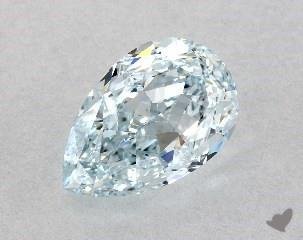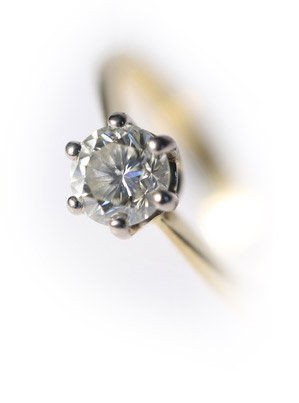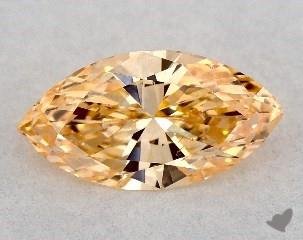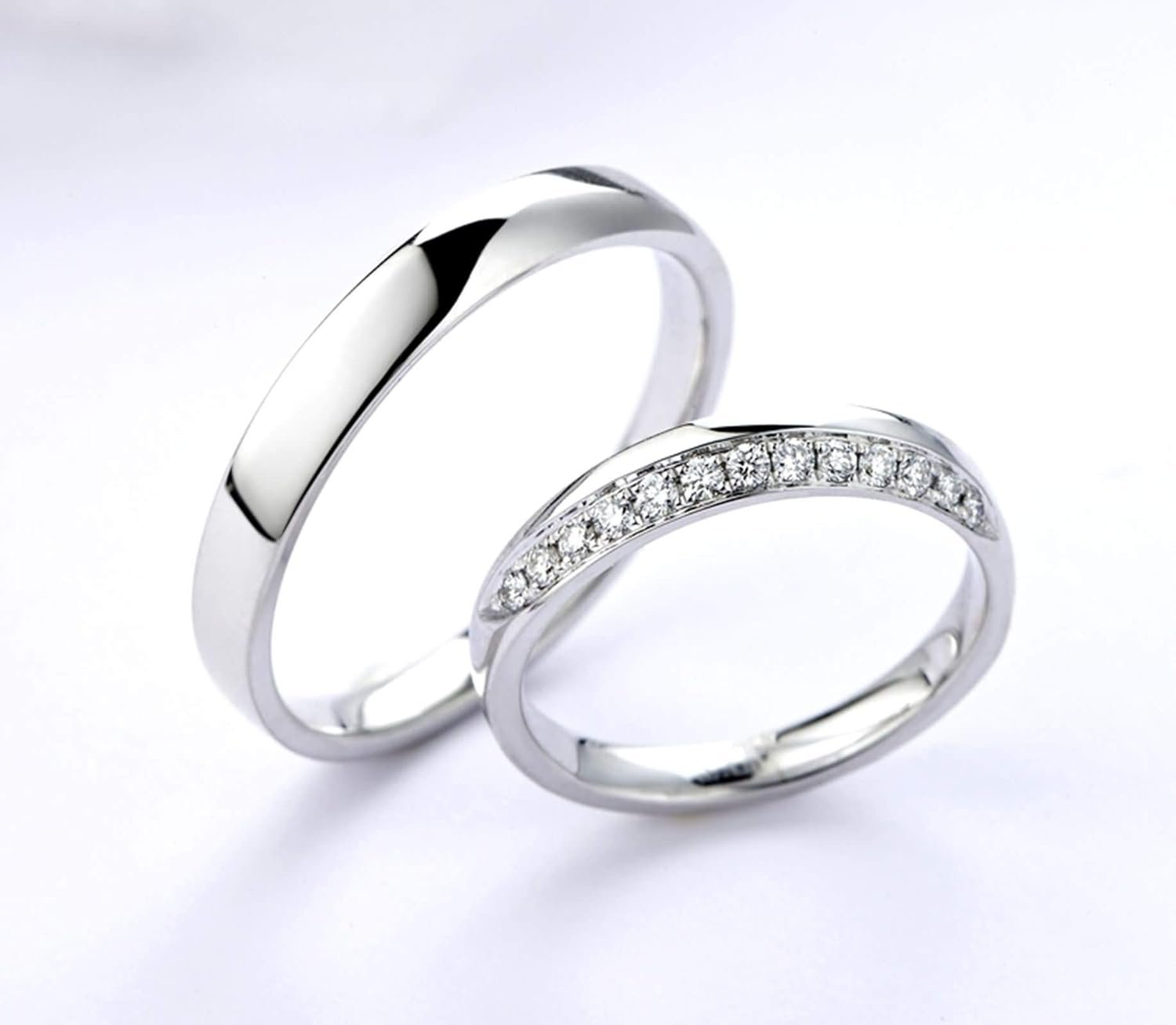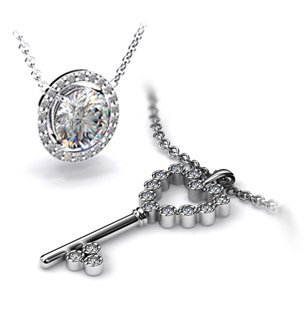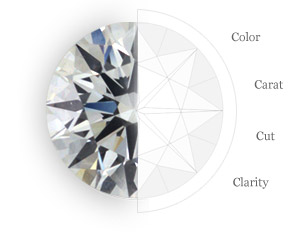
How to Choose the Perfect Diamond
Choosing the perfect diamond for a jewelry is an important decision. While some may prefer gemstones or rough diamonds, classic diamonds remain the most popular choice. To make an informed decision, it's essential to understand the four key characteristics, known as the 4 C's:
The 4 C's:
Cut
- Description: The cut of a diamond refers to its finish, proporƟon, and polish. These factors determine the fire and brilliance of a diamond.
- Ideal Cut: A round (brilliant) or princess cut diamond cut to ideal proporƟons and angles with excellent polish and symmetry ratings.
- True Hearts: A round or princess cut diamond exhibiƟng a near-flawless Hearts and Arrows patern of perfect optical symmetry, maximizing fire, brilliance, and light dispersion.
Clarity
- Description: Clarity describes the clearness or purity of a diamond. Diamonds are graded from "F" (flawless) to "I" (inclusions visible)
- Grades: Most diamonds fall between "F" and "I." Some inclusions are acceptable if they are not visible to the naked eye.
Color
- Description: Diamonds are graded based on their color, ranging from white to yellow. Colorless to near-colorless diamonds are preferred.
- Grades: Diamonds graded D-K offer excellent value.
Carat
- Description: Carat refers to the weight of the diamond, with one carat equaling 0.20 grams. Larger carat diamonds are more expensive, though the other C's significantly influence the final price.
Shape
Although not one of the 4 C's, the shape of a diamond is crucial in selecting an engagement ring. Videh offers a variety of diamond shapes, including:
- Round
- Princess
- Emerald
- Asscher (square)
- Oval
- Radiant
- Pear
- Heart
- Marquise
- Cushion
Additional Considerations
- Diamond Anatomy and Proportion: Understanding the diamond's anatomy and proportion—brilliance, dispersion, and scintillation—is critical in choosing the perfect diamond.
- Personal Preference: Your perfect diamond is the one that matches your preferences and fits within your budget. Some may prefer larger diamonds with lower grades, while others may opt for smaller diamonds with higher grades. Flawless diamonds are exceedingly rare and very expensive.
Conclusion
Understanding how to choose the perfect diamond is crucial when selecting your Jewelry. Ensure you have a comprehensive knowledge of diamond characteristics and structures before making your final choice.
Note: The term "perfect" refers to the ideal diamond for you, based on your preferences and budget.


